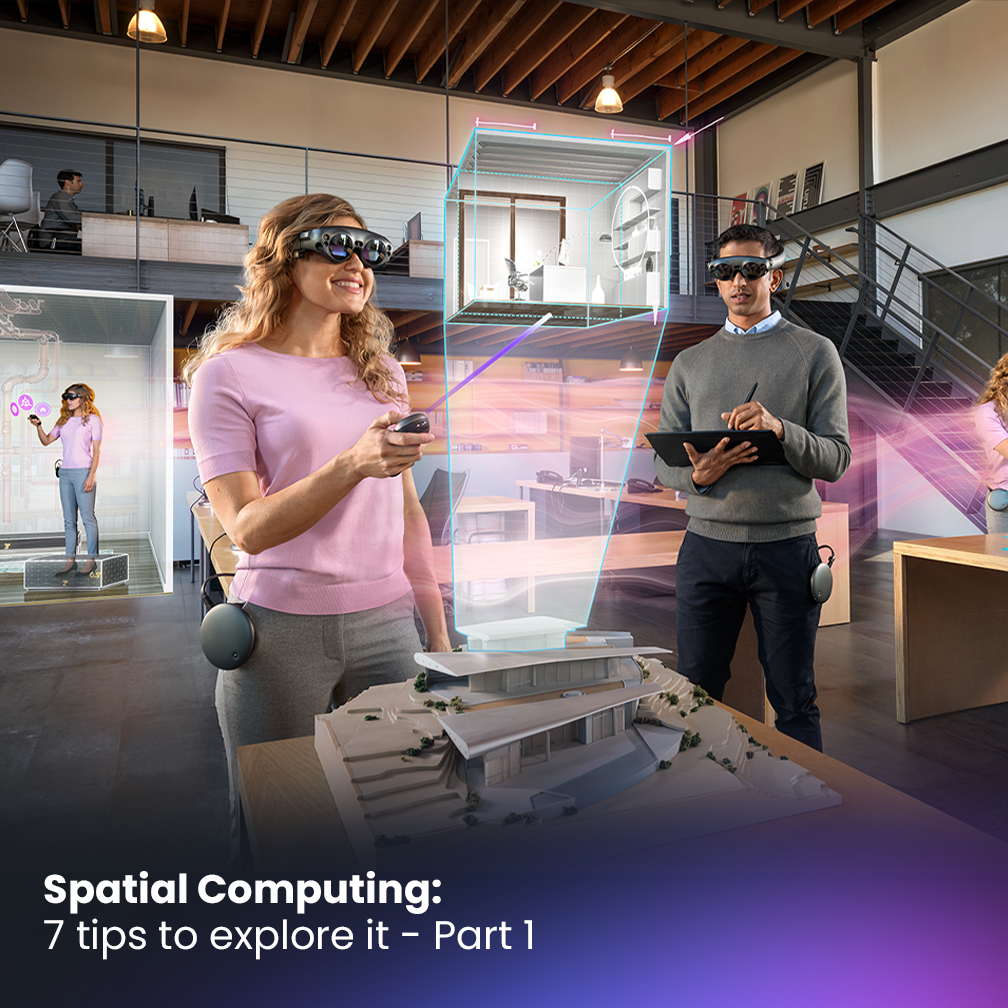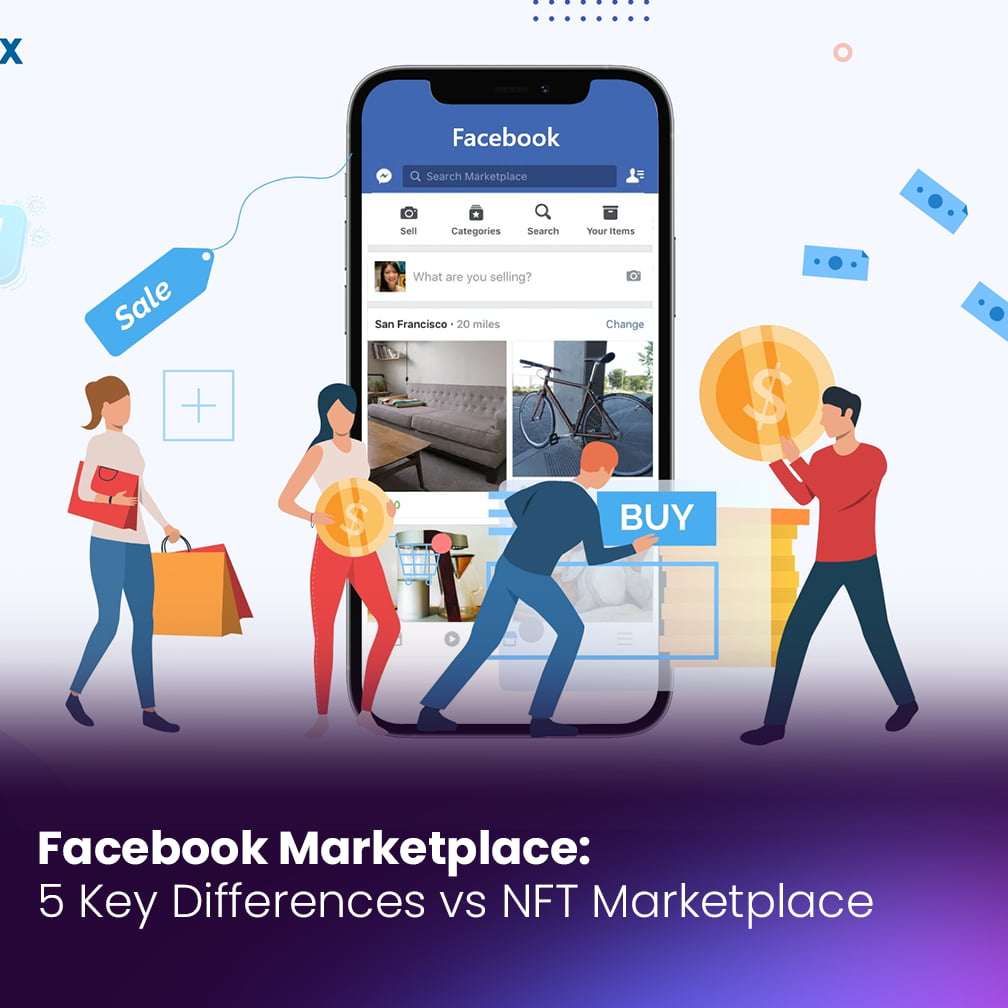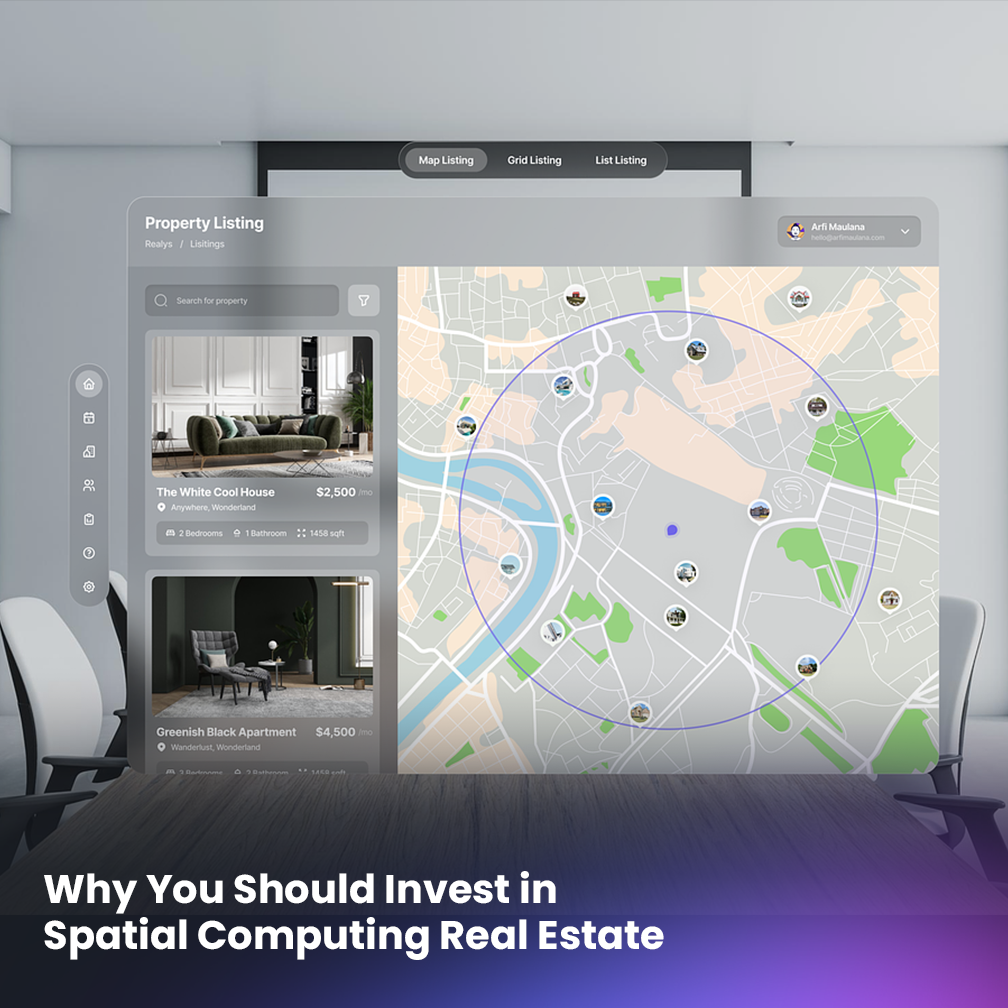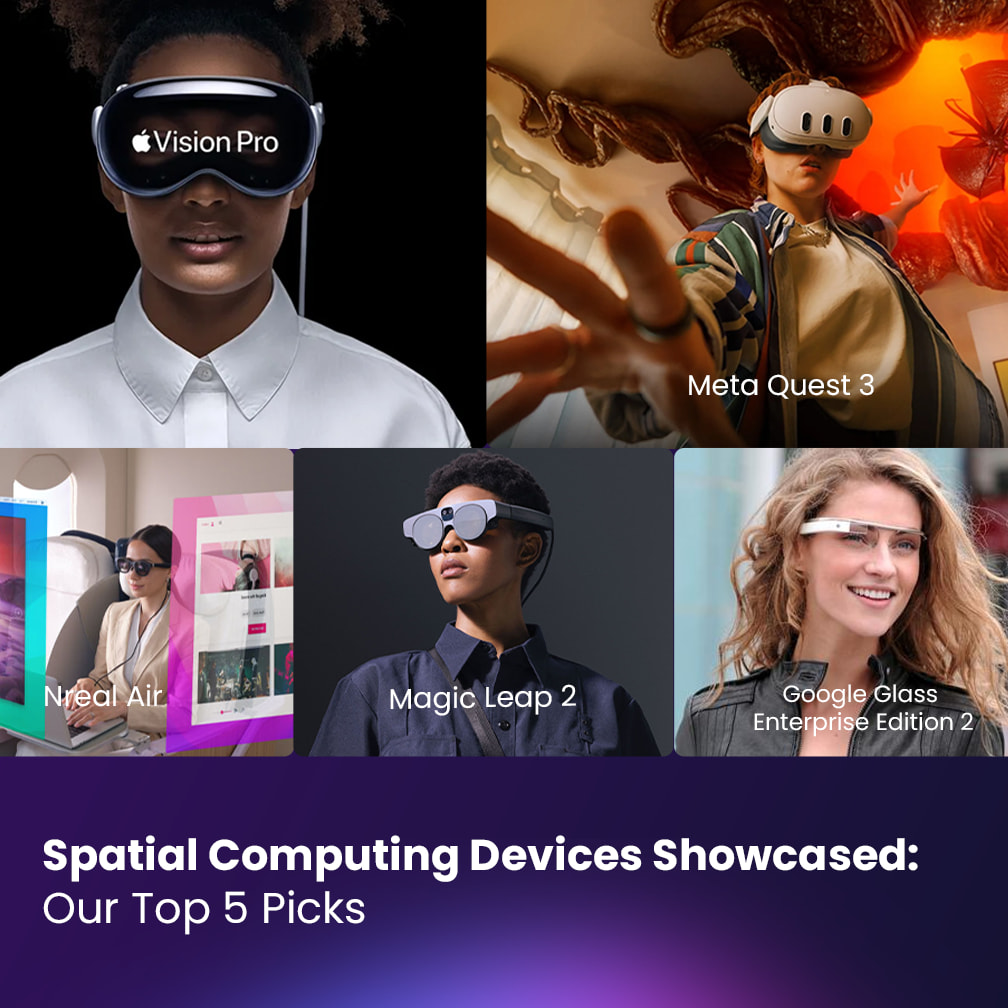
Spatial computing has made great strides in the past year. Since December 27th, 2021, when the first version of spatial computing was released, it has become an increasingly popular platform for creative expression and entertainment.
In addition to being a popular choice for gamers and other entertainment-seekers, spatial computing is now being used more and more for educational and business purposes.
These newest developments in spatial computing have made it an even more powerful and useful platform than ever before. With its growing popularity, there is no telling what new possibilities will be created within this virtual world in the future.
In this blog post, we’ll explore the newest developments in spatial computing, and what these mean for users of this powerful platform. Read on to find out more.
3. Augmented Reality Applications
Blockchain-Based Economies:
One of the most recent developments on the spatial computing platform is the introduction of blockchain-based economies.
The use of smart contracts and digital currencies allows users to quickly and securely transact with one another inside the virtual world, making it easier than ever before to purchase items or services from other users within the platform.
This has been made possible by the integration of various blockchain-based services.
Virtual Worlds:
In addition, developers are now able to create their own digital worlds within the spatial computing that can be used for countless purposes.
These virtual environments allow users to experience what it would be like to live in a fully immersive, interactive world with no boundaries or limitations.
Augmented Reality Applications:
Lastly, spatial computing is being used more and more for augmented reality applications. Through the use of specialized software, users can now interact with their environment in real-time using AR technology.
This allows users to experience their physical environment in a completely new way, as virtual objects appear to be seamlessly integrated with the physical world.
These newest developments in spatial computing have made it an even more powerful and useful platform than ever before. With its growing popularity, there is no telling what new possibilities will be created within it in the future.
Whether you’re a gamer looking for an immersive experience or a business owner exploring ways to use spatial computing to promote your products and services, it’s clear that the potential of this platform is far from exhausted.
Now that you’ve gotten an overview of the newest developments in spatial computing, it’s time to start exploring this powerful platform for yourself.
Start exploring today and see where spatial computing will take you!








